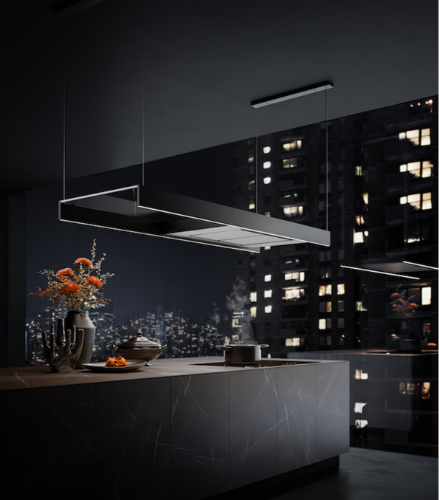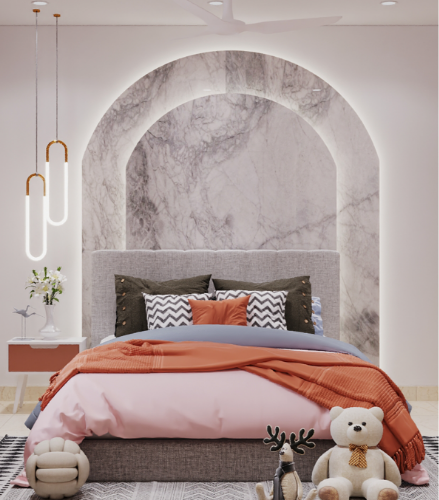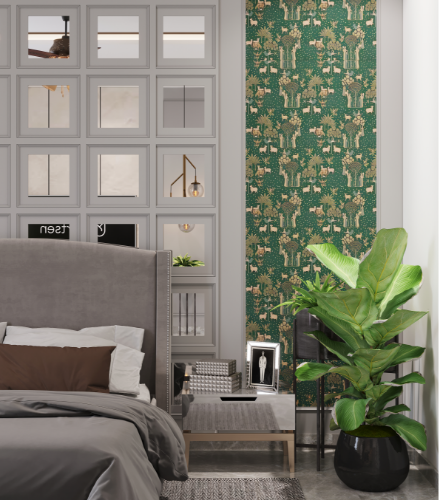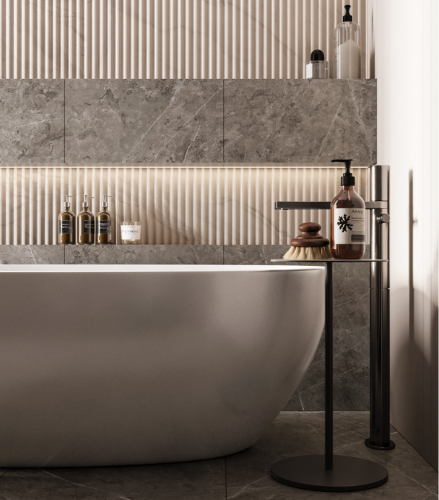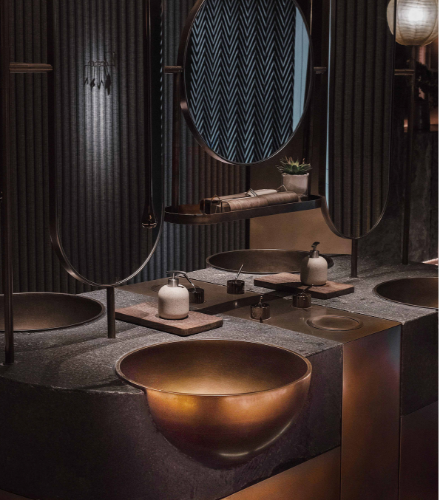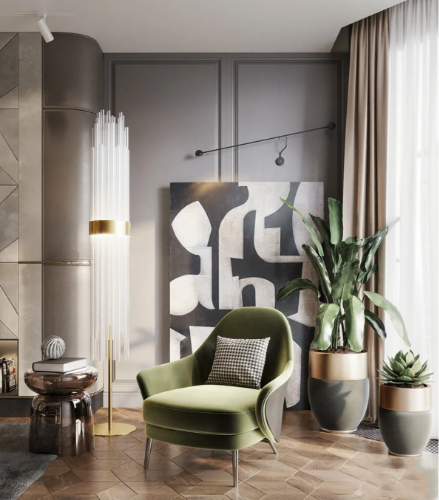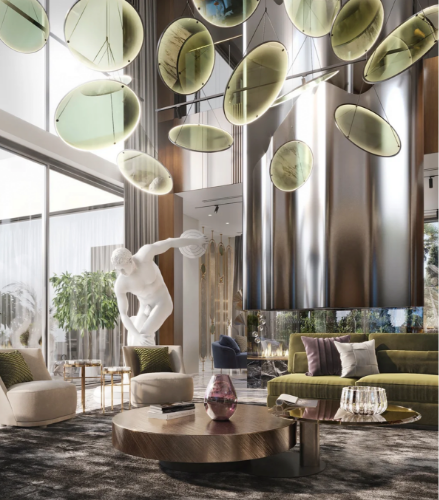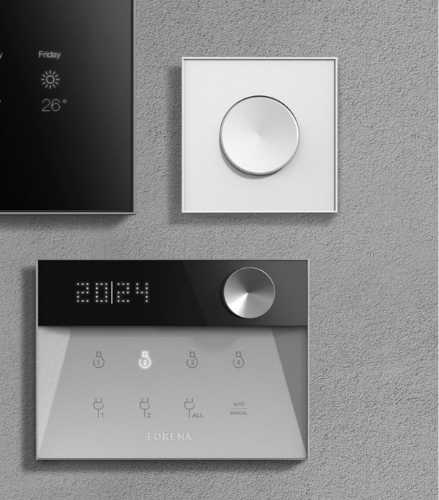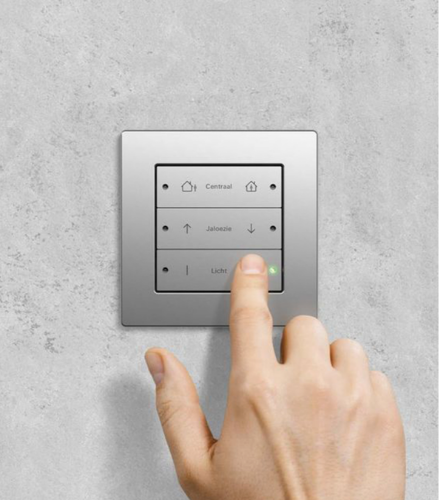Scandinavian interior design has grown in popularity in recent years to the point where when someone thinks of a minimalistic theme for their home, Scandinavian interior design is the first thing that comes to mind. However, there is another, which slowly came to prominence following Scandinavian design. That is Japandi interior design. It’s a concert of Scandinavian and Japanese styles, even the word “Japandi” is a combination of “Japanese” and “Scandi” (Scandinavian). Japandi describes the beauty of simplicity, the art of living, and the quality of lif. It presents a lifestyle with a vibrant mix of culture, art and design. This blog will take you through the history, the influences and the brand that the design has created.
Also Read: What makes Scandinavian interior design so special?
Japandi and its origins
The origins of Japandi interior design took root when the Danish designers set out on a journey to Japan. This moment was forever marked on the calendar when the 220-year-long-closed border policy was booted. To understand the Japandi style, a keen look at each design style can shed some light on the concept of Japandi itself.
Drawing inspiration from Japan’s eternally classic style of home décor, the Danish designers concocted Japandi. Injecting Japan’s focus on natural materials, low furniture and a neutral colour palette into the Scandinavian’s clean, simple lines and focus on functionality that does not compromise on beauty. Furthermore, to make the two designs feel in tandem with each other, they identified pale wood as the material foundation and threw in some light, airy spaces.
Also Read: How to choose the right interior design for your dream home?
Japandi’s strong belief in sustainability
If there is one thing common between the two design styles, it’s their alliance with nature and every ingredient that goes into the Japandi style can be described as the embodiment of sustainability. Moreover, the people who advocate for Japandi, celebrate the certitude of deficiency in inorganic or unsustainable materials in the design.


Even when you take a closer look at both cultures, they are both anchored to a deep-rooted fondness for nature. For instance, there’s a physiological & psychological exercise in Japan called “Shinrin-yoku”, which means “Forest Bathing”. The exercise signifies an eco-antidote to the tech-boom burnout, but its original purpose was to inspire people to re-establish their connection with the country’s forests.
Or the concept of “Friluftsliv” also known as “Outdoor Life”, followed by the majority of Norwegian people. As the name makes it obvious, it’s all about spending time in the great outdoors and making the most of what nature has to offer. If these concepts from either culture fail to justify their love for nature and sustainability, nothing will.
Also Read: Top interior design trends of 2022
Japandi’s long-awaited collaboration with IKEA
Emphasising the popularity of Japandi interior design and the kinship people feel with the design story can be seen through multinational conglomerates like IKEA adopting this design for their furniture. In an article from IKEA, Emilie a content creator & a single mother shares her experience with IKEA’s Japandi-inspired furniture. Emilie goes on to say:
“With my bedroom, I wanted to create a safe space for my daughter. So, when I started planning the layout, I wanted to make clear divisions between all the different areas. Also, I wanted the room to be bright and airy with simple lines and a lot of natural materials to give it a Japandi look”.
– Emilie
The article further goes on to showcase a myriad of furniture that candidly embodies the spirit of Japandi style.
How Japandi can help you with your interior design
Japandi interior design helps your home interiors in a lot of different ways. However, the two that are worth mentioning capture the essence of the design.
- It embraces imperfection and makes the most out of it.
- It also pushes you to choose the things in your home that hold meaning.
Both of these aspects focus on comfort and ease whereas looks and practicality are deemed secondary. The design tries to rip off the façade of extravagance and indulges the design in minimalism while making your home aesthetically and emotionally pleasing.
Common Elements found in Japandi Style
Natural Materials

In a similar fashion to Scandinavian design, Japandi also encompasses a plethora of natural materials. Materials such as concrete, stone, and natural wood unite to create highly functional yet cosy spaces. And the same goes for all the décor elements as well. Instead of using mass-produced homogeneous pieces, the style incorporates vintage, reclaimed and handmade décor elements in the home.
Less is More
Japandi style is all about minimalism and clutter-free spaces with a focus on sustainable furniture. While the belief of “less is more” stands strong in the Japandi style, the quality of the things in your home is paramount. Handcrafted, personalised furniture and accessories dominate homes with Japandi style.
Natural Lighting
Wide-open windows, illuminating the home effortlessly are the definition of Japandi-style interiors. This design goes as far as to call for minimising the number of artificial lights in the home. From affecting your circadian rhythm to making the room look more spacious, natural lights elevate the quality of life one more ways than one.

Indoor Plants
What can be closer to nature than nature itself, Japandi style demands a variety of plants permeated through the home adding colour, depth and meaning to your home. Moreover, plants enhance the air and help create a cosy yet functional space.
In the end, the beauty of the design resonates with what people really want in their lives, which is the reason Japandi has become the prevailing choice for their homes. If your heart is set on integrating this beautiful style into your home, you can reach out to the designers at Aertsen.

